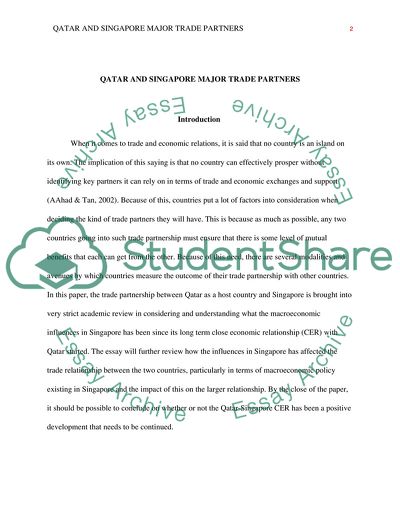Cite this document
(Qatar and Singapore major trade partners Essay Example | Topics and Well Written Essays - 3250 words, n.d.)
Qatar and Singapore major trade partners Essay Example | Topics and Well Written Essays - 3250 words. https://studentshare.org/macro-microeconomics/1829388-qatar-and-singapore-major-trade-partners
Qatar and Singapore major trade partners Essay Example | Topics and Well Written Essays - 3250 words. https://studentshare.org/macro-microeconomics/1829388-qatar-and-singapore-major-trade-partners
(Qatar and Singapore Major Trade Partners Essay Example | Topics and Well Written Essays - 3250 Words)
Qatar and Singapore Major Trade Partners Essay Example | Topics and Well Written Essays - 3250 Words. https://studentshare.org/macro-microeconomics/1829388-qatar-and-singapore-major-trade-partners.
Qatar and Singapore Major Trade Partners Essay Example | Topics and Well Written Essays - 3250 Words. https://studentshare.org/macro-microeconomics/1829388-qatar-and-singapore-major-trade-partners.
“Qatar and Singapore Major Trade Partners Essay Example | Topics and Well Written Essays - 3250 Words”. https://studentshare.org/macro-microeconomics/1829388-qatar-and-singapore-major-trade-partners.


